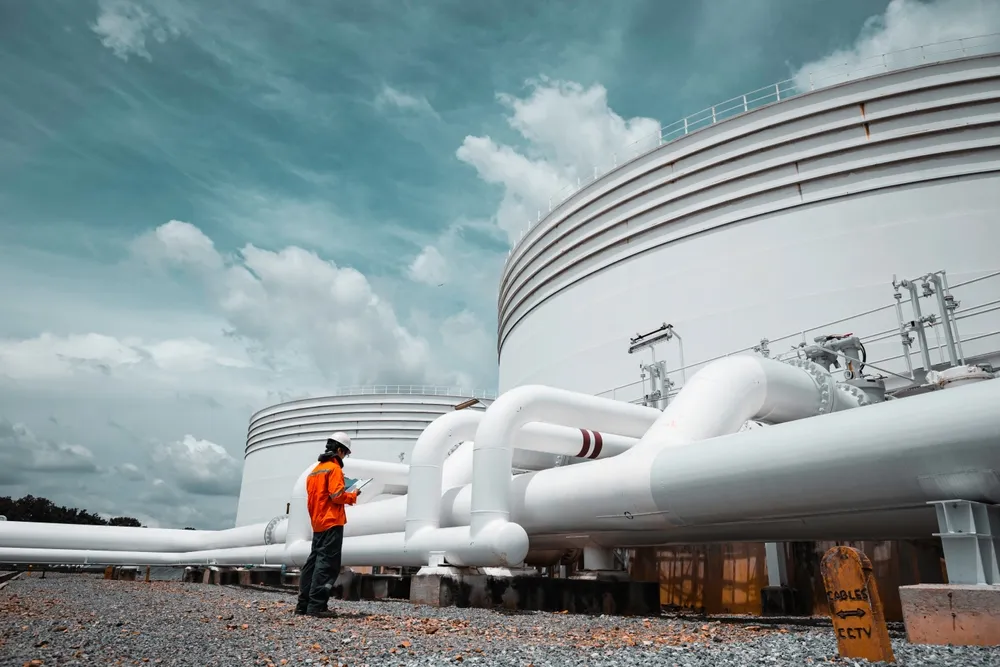Risk Management in Oil and Gas Projects Course
Introduction:
Due to the increasing complexity and demands of the oil and gas industry, delivering projects on time, within budget, and adhering to scope has become critically important. The Risk Management in Oil and Gas Projects course is essential for project managers in this field, equipping them with effective methodologies to manage potential risks from the outset and strategically resolve issues as projects progress, thus enhancing overall project management.
Objectives:
By the end of this Risk Management in Oil and Gas Projects course, participants will be able to:
- Manage risk in oil and gas projects by implementing prescribed actions and processes.
- Identify both threats and opportunities related to projects and assess their impact.
- Utilize various strategies to manage multiple risks effectively with limited resources.
- Overcome mental barriers contributing to risk aversion in stakeholders and investors.
- Provide and evaluate risk management techniques at the end of the project.
Training Methodology:
- Interactive lectures
- Case studies
- Group discussions
- Risk assessment simulations
- Role-plays
- Workshops
- Q&A sessions
- Assessments and reviews
Course Outline:
Unit 1: Introduction to Organizational Risk
- Benefits and limitations of risk management
- Sharing experiences in risk assessment across industries
- Integrating risk management into each project phase
- Enhancing organizational bias towards risk management
- Understanding business, technical, and implementation risks
Unit 2: The Risk Management Process Wheel and Risk Identification
- Promoting a risk-aware approach to projects
- Identifying issues related to the risk management process wheel
- Developing and maintaining the risk register
- Preparing for and performing risk identification
- Using tools and techniques for security risk management in the oil and gas industry
Unit 3: Risk Analysis
- Conducting qualitative risk assessments
- Incorporating concepts from High-Reliability Organizations (HROs)
- Using matrices to plot risk
- Combining risk matrix with Decision-Making Grid (DMG)
- Utilizing Quantitative Risk Assessment (QRA)
- Applying FTA and RBD for comprehensive analysis
Unit 4: Risk Responses and Managing Risks
- Outlining risk responses
- Developing risk management actions
- Defining risk management costs
- Reviewing and monitoring risks
- Analyzing opportunities
- Assessing risks in project implementation
Unit 5: Reporting Risk Management Outcomes
- Identifying causes of poor reports
- Understanding characteristics of effective reports
- Classifying report qualities as functional or non-functional
- Developing risk survey instruments for the oil and gas sector
- Conducting risk analysis and preparing risk management reports using established practices


















